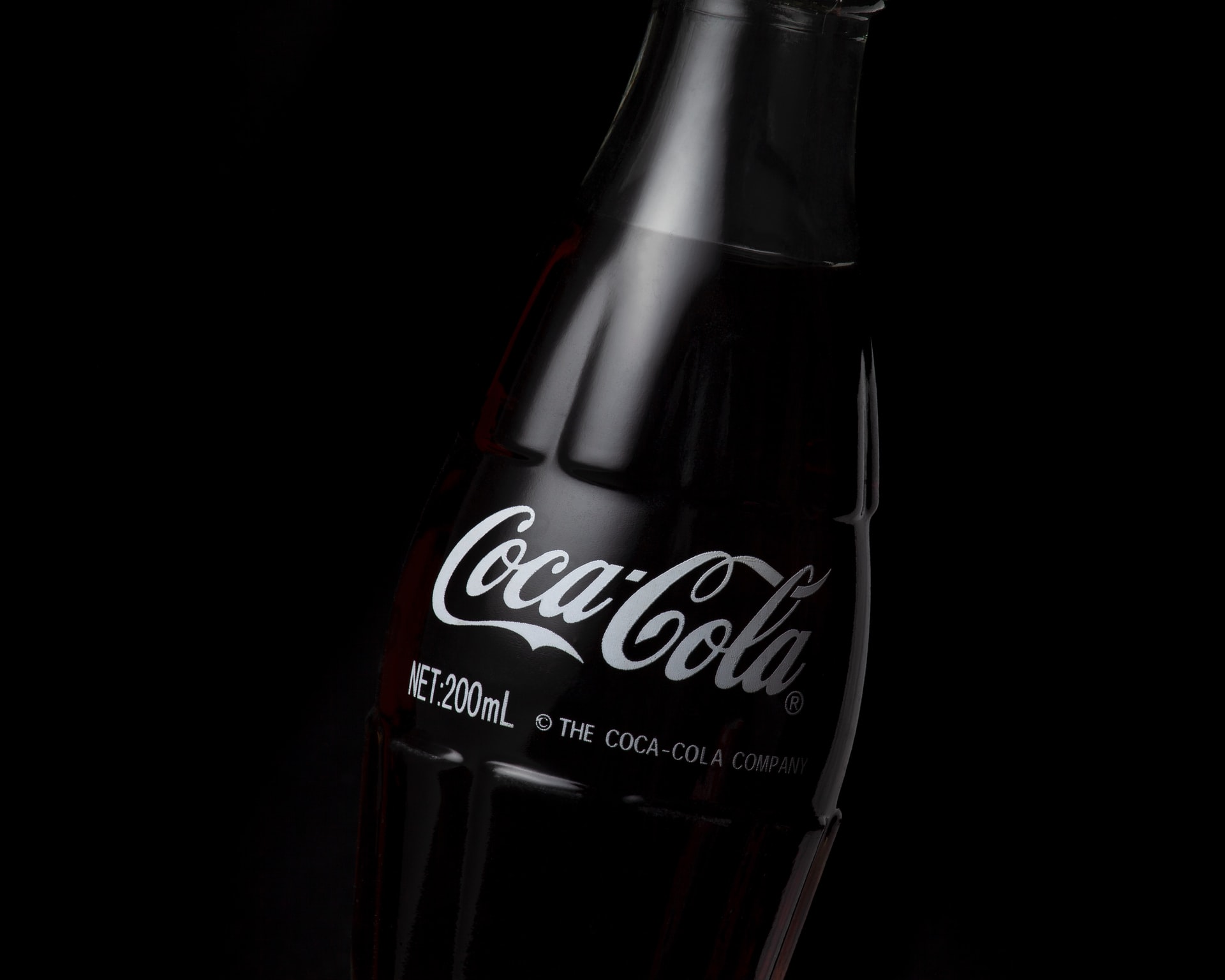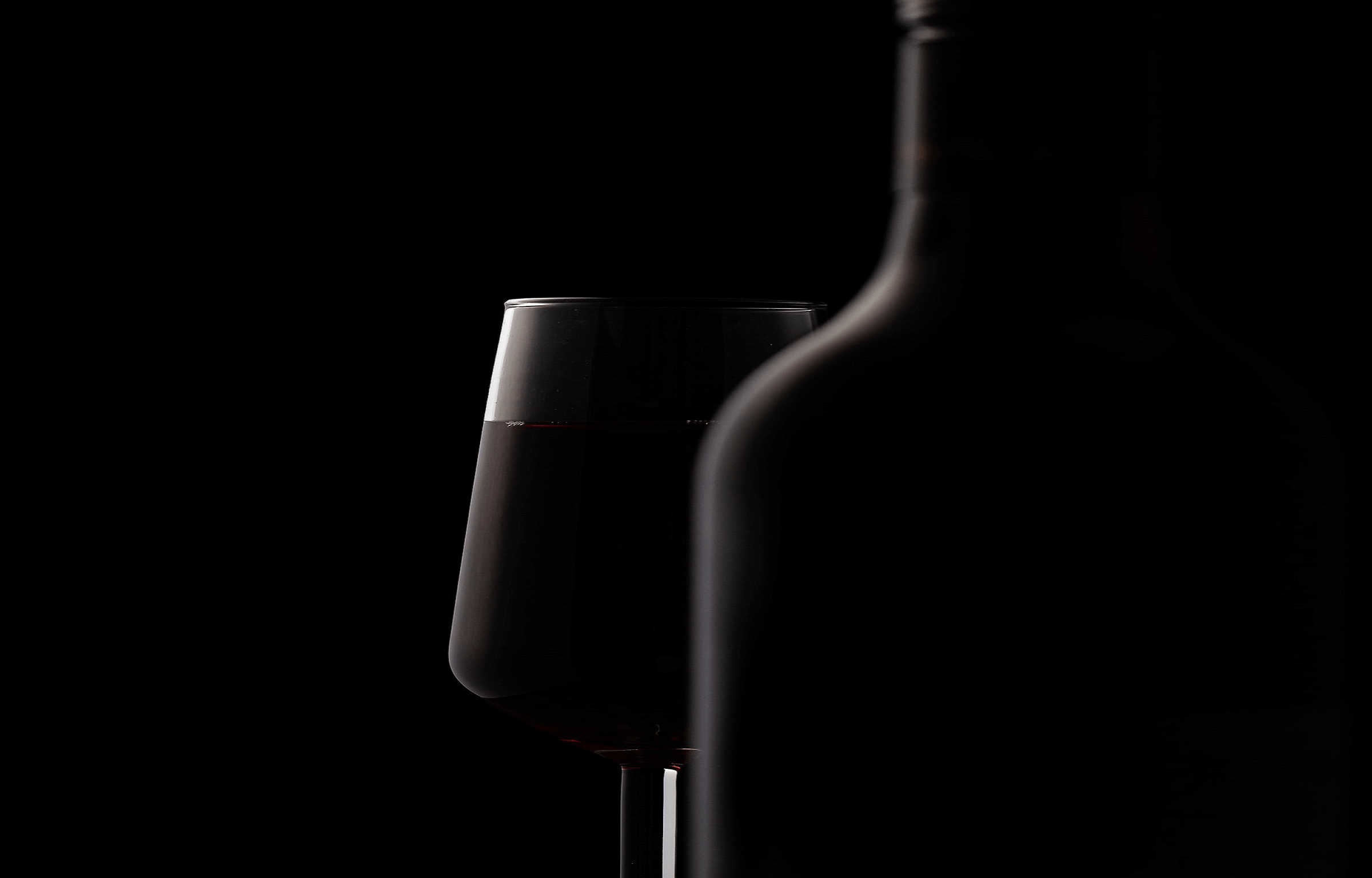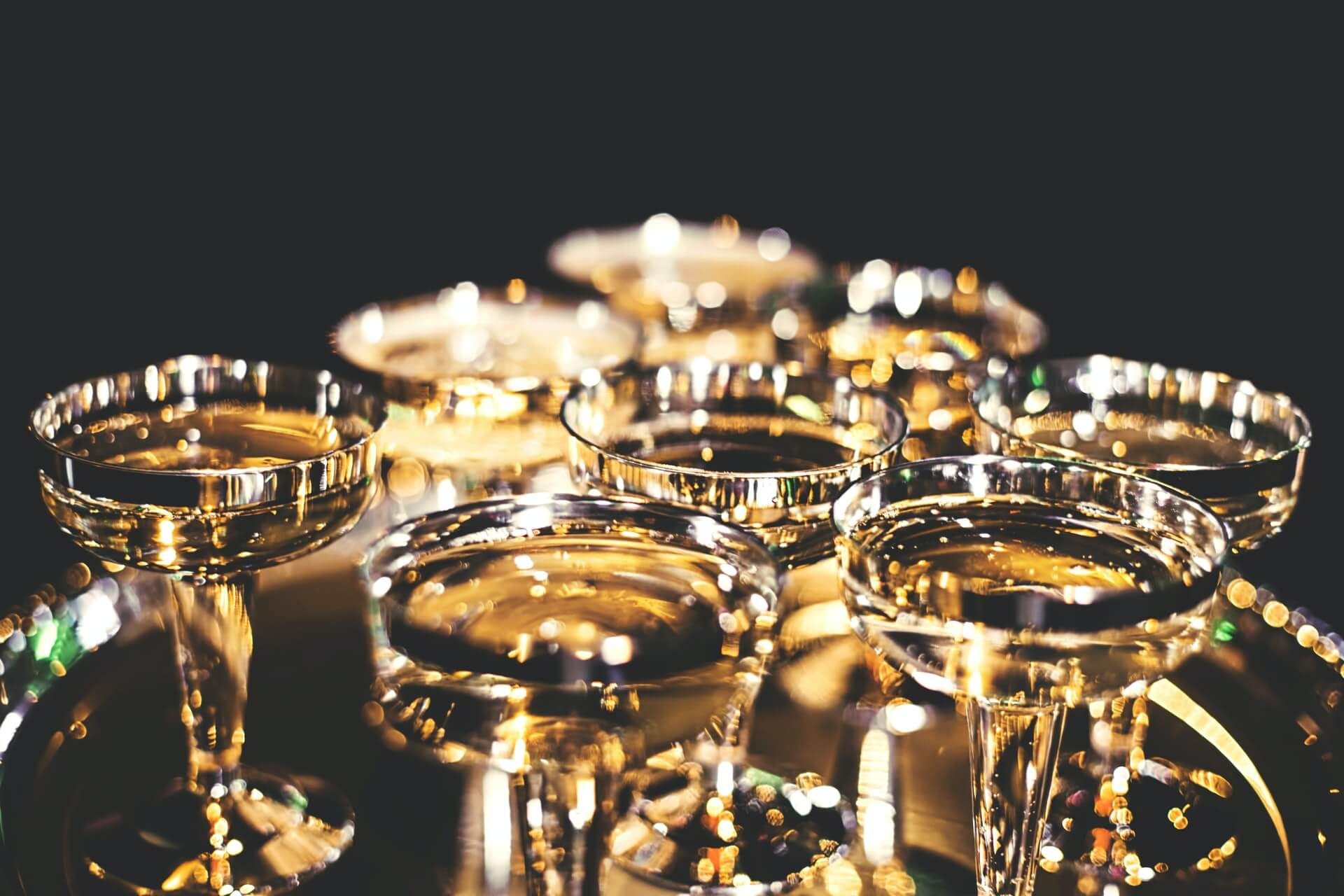Thanksgiving Eve by the Numbers
by David Klemt

Tonight, guests will be looking to celebrate a bar holiday that’s traditionally lucrative for operators: Thanksgiving Eve, a.k.a. Drinksgiving.
It’s difficult to imagine that any operator or hospitality worker is unaware of Thanksgiving Eve’s status.
Sure, some mark the start of end-of-year celebrations with Halloween or Thanksgiving. However, I feel Thanksgiving Eve truly ushers in the holiday season.
I’d also argue that while retailers have Black Friday and Cyber Monday, operators have the night before Thanksgiving. Yes, New Year’s Eve is also huge, but Thanksgiving Eve is considered the busiest night of the year for bars.
Interestingly, this is a holiday that benefits bars across the nation. In fact, it’s not exclusive to destination cities.
After all, the reason it’s so big, traditionally, is that people are traveling back to their hometowns. And while Thanksgiving is for their families, Thanksgiving Eve is for catching up with childhood and high school friends.
Obviously, there are fantastic bars located in cities outside of their destination counterparts. Hot take, I know.
So, does Thanksgiving Eve deserve its hype ?
The Evidence
Unfortunately, data from 2020 isn’t readily available, for obvious reasons.
However, we do have some data, largely thanks to restaurant management and POS platform Upserve.
One of the simplest ways to analyze Thanksgiving Eve’s impact is to compare it to the previous Wednesday.
Per Upserve, guest counts rose 23 percent in 2018 when compared to the Wednesday prior to Thanksgiving Eve.
Looking at data from more than 10,000 restaurants and bars, Upserve found that guest count totaled 496,883 on November 14, 2018. One week later, that number rose to 643,637.
As Upserve content marketing coordinator Stephanie Resendes says in her Thanksgiving Eve article, “More people = more money.”
Of the 10,000-plus Upserve clients whose data was analyzed, net sales were $17.250 million on the Wednesday preceding Thanksgiving Eve 2018. That number jumped to $22.296 million.
So, looking just at a relatively small sample size from 2018, Thanksgiving Eve’s impact doesn’t seem overblown.
The Drinks
According to Upserve, beer was the year-over-year winner through 2018. It saw the most growth by far on Thanksgiving Eve 2018 when compared to the Wednesday prior and the same period in 2017.
Spirits and wine, at least for Thanksgiving Eve 2018, were nearly tied for second place.
Now, looking at the data for Thanksgiving Eve 2019, spirits saw the most growth overall. Resendes shared that shot sales increased 173 percent on Thanksgiving Eve 2019 when compared to the Wednesday prior.
Tequila led the charge for spirits, rising 156 percent. Vodka saw a 144-percent boost, rum increased 120 percent, whiskey went up 65 percent, and gin saw a lift of 47 percent. For its part, beer sales rose 65 percent.
Not content to simply look at traffic and sales numbers, Upserve also split their clients into four regions. In this way, they identified who parties hardest on Thanksgiving Eve and who needs to ramp things up.
The four regions and their net sales growth from Thanksgiving Eve 2019 compared to the Wednesday prior are below:
- Midwest: 34 percent
- Northeast: 34 percent
- South: 33 percent
- West: 22 percent
Clearly, there was still growth in the Western region. However, the Midwest and Northeast led the way, with the South just behind them.
We’ll have to wait to see how Thanksgiving Eve 2021 plays out. We’re still waiting on the numbers from 2020. However, Upserve’s data shows that Thanksgiving Eve remains crucial to restaurants and bars throughout America.
Image: Alena Plotnikova on Unsplash

